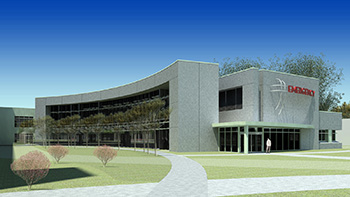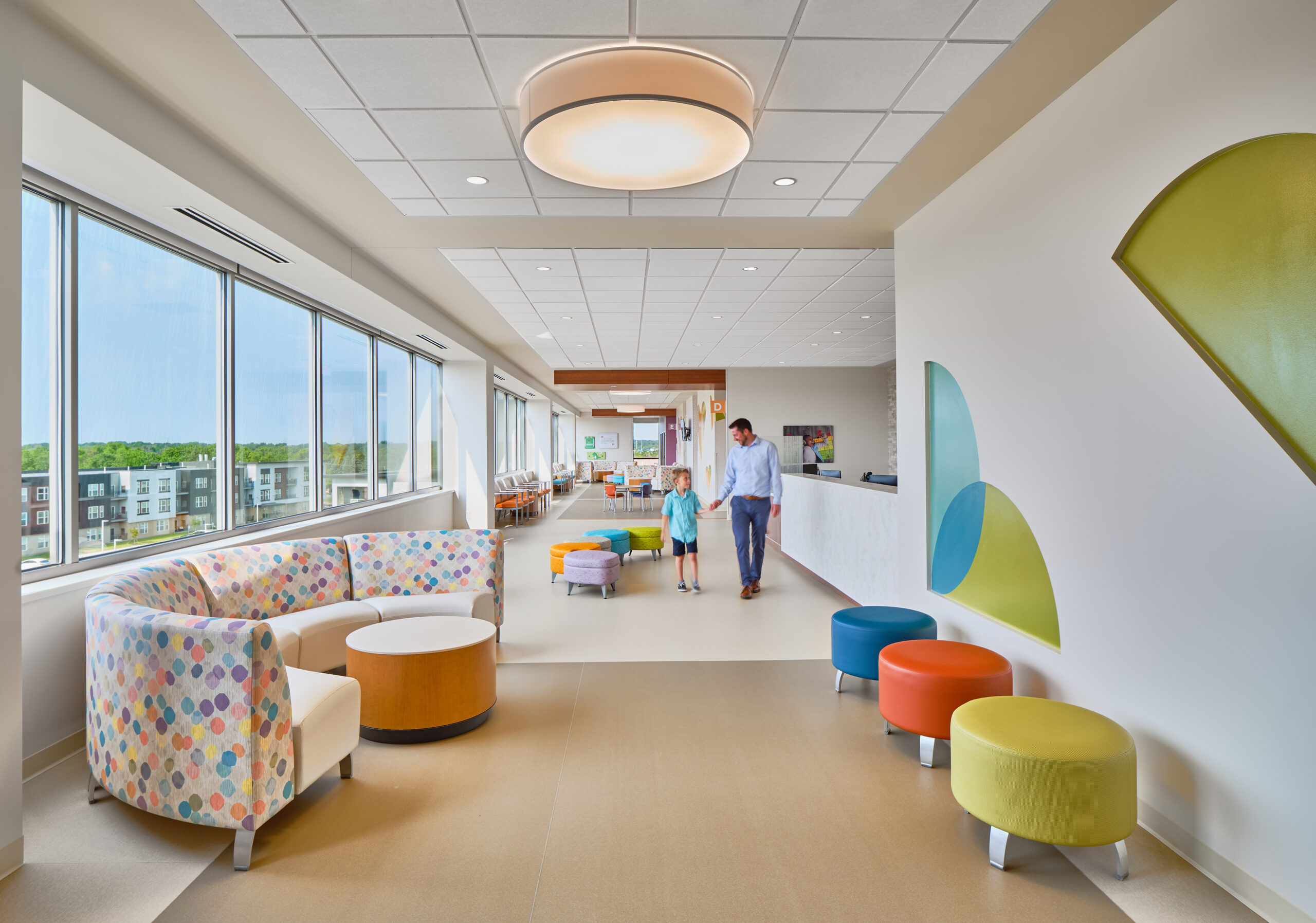 FORT STEWART, Ga. — The U.S. Army Corps of Engineers (USACE) Savannah District broke ground on Phase II of the two-phase, $100 million addition and enhancement project at Winn Army Community Hospital at Fort Stewart. Phase I, which broke ground in January 2012, is also currently underway.
FORT STEWART, Ga. — The U.S. Army Corps of Engineers (USACE) Savannah District broke ground on Phase II of the two-phase, $100 million addition and enhancement project at Winn Army Community Hospital at Fort Stewart. Phase I, which broke ground in January 2012, is also currently underway.
For both phases, Leo A Daly is providing planning, programming, architectural, engineering and interior design services, while McCarthy Building Companies Inc. is the general contractor. Both have offices in Atlanta.
Winn Army Community Hospital provides services to about 40,000 beneficiaries. However, with an estimated population increase of nearly 15,000 active-duty soldiers and active duty family members — due to a round of Base Realignment and Closure and Grow the Army initiatives — the hospital needed the new additions and alterations to be able to provide enough services to meet future demands.
Phase I, anticipated for completion in 2014, includes a new two-story 65,000-square-foot medical clinic that will house physical and occupational therapy, orthopedic services and behavioral health services. It also includes an upgrade and addition of the hospital’s central utility plant.
The medical clinic addition continues the design concept of the current central corridor, which Mike Svoboda, vice president for Leo A Daly, calls “the spine,” and enhances it with a two-story atrium, grand staircase and a water feature. Plus, there are new courtyards between the medical clinic addition and existing buildings that were added for therapeutic value. In fact, occupational therapy patients will be able to use the courtyards for gardening or active therapy or for outdoor exercise. The exterior façade of the new addition mimics the precast concrete structure that’s already in place, and modernize the look by utilizing metal sun shades and metal column covers.
Phase II of the project features a 43,600-square-foot addition to the hospital, plus 55,000 square feet of renovations. Included in the addition is a new emergency department and relocated service offices. The emergency department building features a green vegetated roof and a large, two-story contemporary glazing system facing the courtyard. Plus, a new dining area will be built adjacent to the existing kitchen, which will be fully renovated with a new serving area. The existing hospital will have 55,000-square-foot of hospital space renovated to support family medicine, internal medicine, pathology, pharmacy, security, nutritional care and legal offices. Phase II is estimated to be complete in 2016.
Because it is a government project, there are several parties involved — the USACE-Savannah District, Health Facilities Planning Agency and U.S. Army Medical Command, to name a few — when it comes to decision making. It’s a design-bid-build project, so both Leo A Daly and McCarthy have contracts with the government, which means if they want to make changes they need approval from the government instead of speaking directly to each other to solve a problem. That and the 50-step project phasing process have slowed down the project’s schedule and added additional costs.
“Working with the military means that the number of people involved is dramatically increased and the paperwork is more extreme,” Svoboda said. “Plus, there are different procedures you have to follow.”
Apart from having to keep up with communication among all involved parties, the unforeseen conditions have also posed a problem, according to Svoboda. In this particular project, the construction team found site utilities that were not known, which has also added time delays and additional costs.
“That part has been very dramatic on this particular project,” Svoboda said. “There were a number of buildings that were demolished as part of the site work and there was no documentation for all the underground utilities. We did do some exploratory borings for underground utilities to do the best we could to find them, but the site is so expansive that you couldn’t do that.”
Because of the complexity of the project, Svoboda recommends that other architects doing a project of this kind use experienced staff. “You really want dedicated and experienced staff so that when people start this project they do it from the beginning and they go all the way to the end,” he said. “We call it cradle-to-grave services. In doing that, you can really control the quality of the project and can get answers back quickly to the contractors. There are always going to be issues, but if the people you’re using are experienced, they can answer questions quickly and keep construction rolling.”





